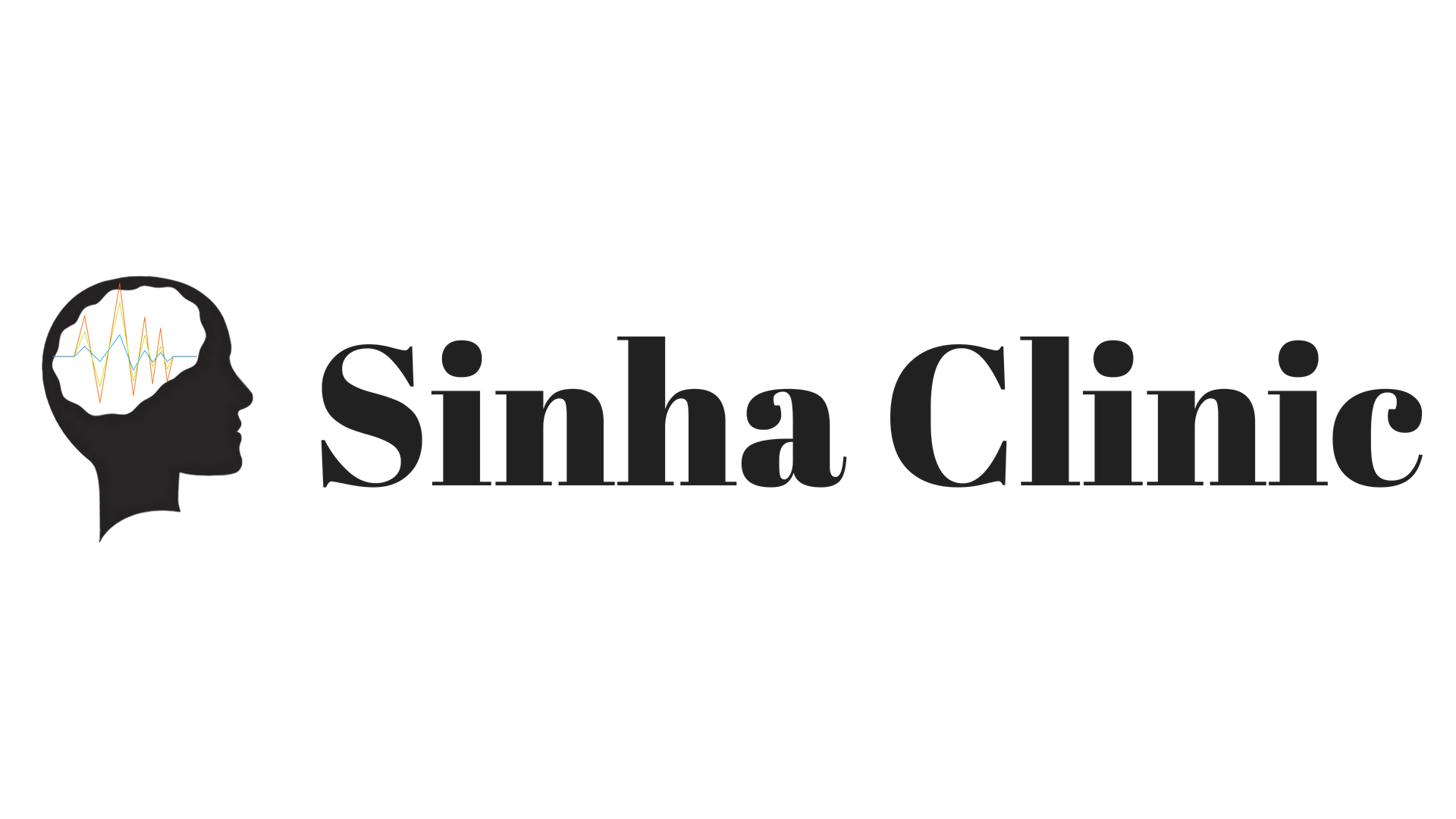Anxiety Disorders and Neurofeedback
Anxiety disorders come in many forms. A main trigger is a person’s tolerance level and response to stress/stressors. Anxiety is a common response to stress with sufferers often felt overwhelmed, exhausted, and fatigued. It can manifest through physical, psychological, dietary, or environmental sources. When a person develops a pattern of over thinking, the brain will respond with physical and psychological symptoms. This can be very difficult to break and can develop into a chronic pattern affecting a person’s daily life. Anxiety can manifest to the point that it interrupts normal sleep patterns and negatively influences their quality of life.
Many sufferers often feel they are unable to concentrate and are plagued by constant fatigue and stress. Some suffers show symptoms through physical symptoms; such as headaches, nervousness, nail-biting, sweating, and restlessness. Many internalize their symptoms and experience a lack of focus, poor concentration, and/or poor short or long-term memory. These types of sufferers may outwardly appear calm but their mind is constantly racing and ruminating over specific things or events (past and future). Many have a difficult time living in the present and constantly worry about past mistakes or future problems.
This can happen at any age but children and teens usually do not have the maturity to fully grasp how to communicate or express their feelings. Behavior or mood changes can occur, acting-out, and depression are common responses as well.
- Excessive worry or nervousness
- Trouble concentrating or focusing on anything other than the present worry.
- Heightened fear or feeling powerless
- Restlessness
- Overly emotional responses
- Negative thinking patterns
- Catastrophizing or having a sense of impending danger, panic, or doom
- Defensiveness or behavioral issues
- Physiological responses: increased heart rate, breathing rapidly (hyperventilating), sweating, trembling, and/or feeling weak or tired.
The Mayo Clinic (2014) discusses several types of anxiety disorders:
- Separation anxiety disorder is a childhood disorder characterized by anxiety that is excessive for the developmental level and related to separation from parents or others who have parental roles.
- Selective mutism is a consistent failure to speak in certain situations, such as school, even when you can speak in other situations, such as at home with close family members. This can interfere with school, work and social functioning.
- Specific phobias are characterized by major anxiety when you’re exposed to a specific object or situation and a desire to avoid it. Phobias provoke panic attacks in some people.
- Social anxiety disorder (social phobia) involves high levels of anxiety, fear and avoidance of social situations due to feelings of embarrassment, self-consciousness and concern about being judged or viewed negatively by others.
- Panic disorder involves repeated episodes of sudden feelings of intense anxiety and fear or terror that reach a peak within minutes (panic attacks). You may have feelings of impending doom, shortness of breath, heart palpitations or chest pain.
- Agoraphobia is anxiety about, and often avoidance of, places or situations where you might feel trapped or helpless if you start to feel panicky or experience embarrassing symptoms, such as losing control.
- Generalized anxiety disorder includes persistent and excessive anxiety and worries about activities or events — even ordinary, routine issues. The worry is usually out of proportion to the actual circumstance, is difficult to control and interferes with your ability to focus on current tasks. It often occurs along with other anxiety disorders or depression.
- Substance-induced anxiety disorder is characterized by prominent symptoms of anxiety or panic that are a direct result of abusing drugs, taking medications, being exposed to a toxic substance or withdrawal from drugs.
- Anxiety disorder due to a medical condition includes prominent symptoms of anxiety or panic that are directly caused by a physical health problem.
- Specified anxiety disorder and unspecified anxiety disorder are terms for anxiety or phobias that don’t meet the exact criteria for any other anxiety disorders but are significant enough to be distressing and disruptive.
When is it time to see a doctor for Anxiety Disorders?
- Worrying to the point that it is interfering with your work, relationships, or other parts of your life.
- If you start feeling depressed, start using alcohol or drugs to cope with your anxiety.
- If you feel your anxiety is occurring due to your physical health or other mental health concerns.
- If you begin to have suicidal or homicidal thoughts or behaviors — Please seek emergency treatment immediately!
How can Neurofeedback help Anxiety Disorders?
Neurofeedback trains brainwaves based on a psychological process called operant conditioning. We aim to retrain these brainwave patterns by using positive reinforcement to teach the brain to make new connections and rework disorganized brainwave patterns. With consistent practice, neurofeedback will provide the opportunity for the brain to balance appropriately and symptom responses to stress and anxiety should improve. The brain develops the skills needed to reduce anxiety in their lives.
Those that are regularly prescribed anti-anxiety medications aim to ease the negative symptoms; however, once these prescription drugs are stopped, symptoms will return. As the brain retrains with neurofeedback to decrease anxiety and learns to remain more calm, often less medication is needed. Neurofeedback, in conjunction with cognitive behavioral therapy or other behavioral tools, work best to help eliminate anxiety and improve a one’s daily functioning and promote a better quality of life. Overall, neurofeedback has been proven to help reduce many mental health concerns long term and aides in the process to help those looking to wean off medication with their doctor’s supervision. Be mindful that some may have to take medication long term due to physiological reasons. Since each person’s brain is different it depends on the level of care needed and an evaluation is needed prior to beginning neurofeedback for every person interested in this innovative alternative method.


